what would we feel if we could rebuild forgotten cities, or worlds, with the power of our imagination? It is not something new, because something similar could do the boy Bastian Baltazar Bux to save the world of Fantasy, in which they lived, among others, Atreyu, the white dragon Fujur and the Childlike Empress in the marvelous The Neverending Story, by Michael End.
We must try to do the same when contemplating the battered ruins of abandoned cities that lie, forgotten, scattered around half the world.
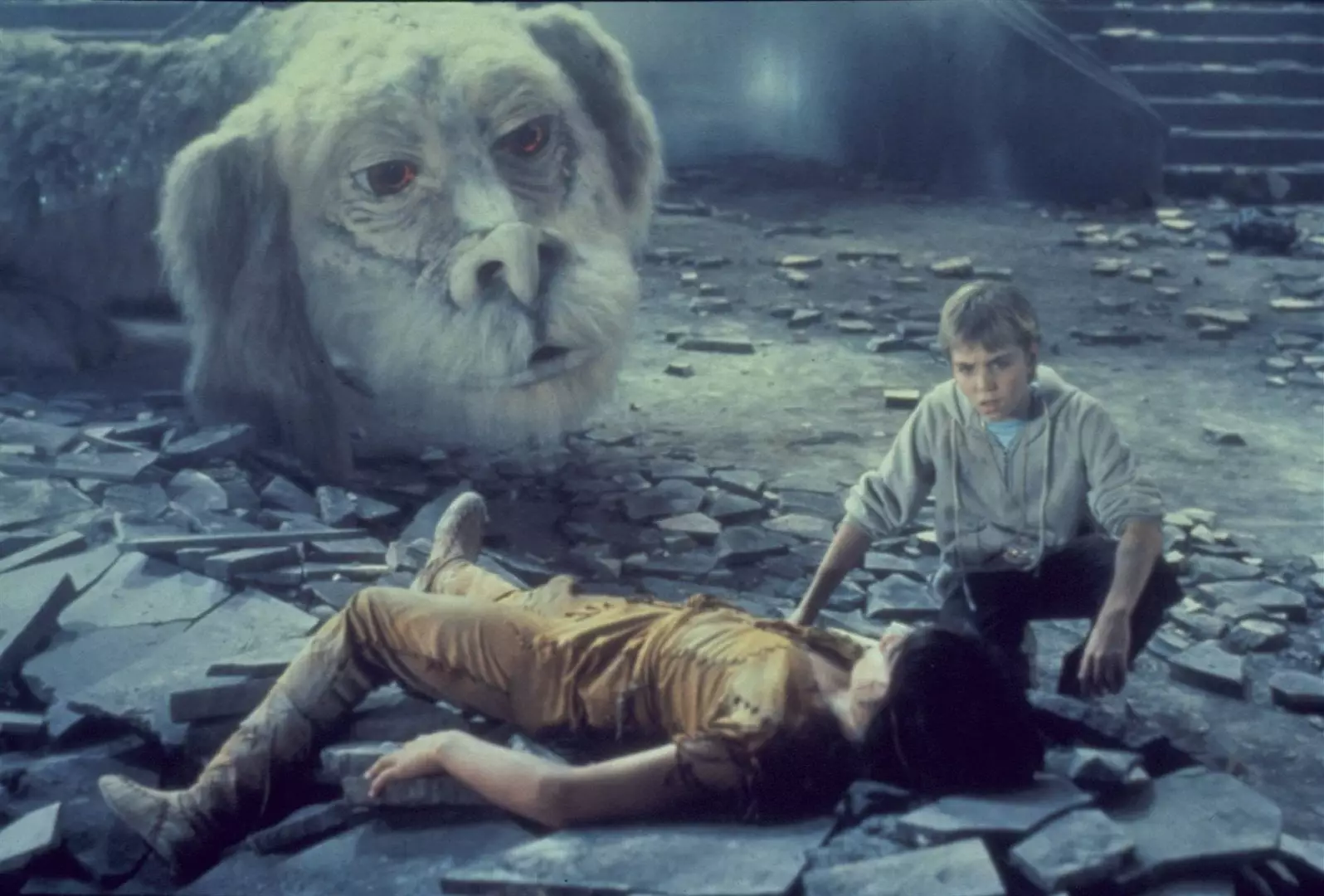
The Neverending Story (Wolfgang Petersen, 1984).
the cities they are open worlds in perpetual metamorphosis, but in those that have been plunged into the most absolute silence –either due to the passage of time or in a violent way imagination can deploy unlimited.
Since they no longer exist, they can become the ideal city, which one has always dreamed of. Cities like fictional Characters, who are born, grow, go through different cycles before dying and, finally, resurrect with our presence.
Looking at them, we try to imagine how were they when life was bustling for it's streets. History mixes with our wandering thoughts. So the lost city becomes poetry, dream, scenery of our passions and wanderings, and a metaphor for our lives. These are some of the we can find around the world.
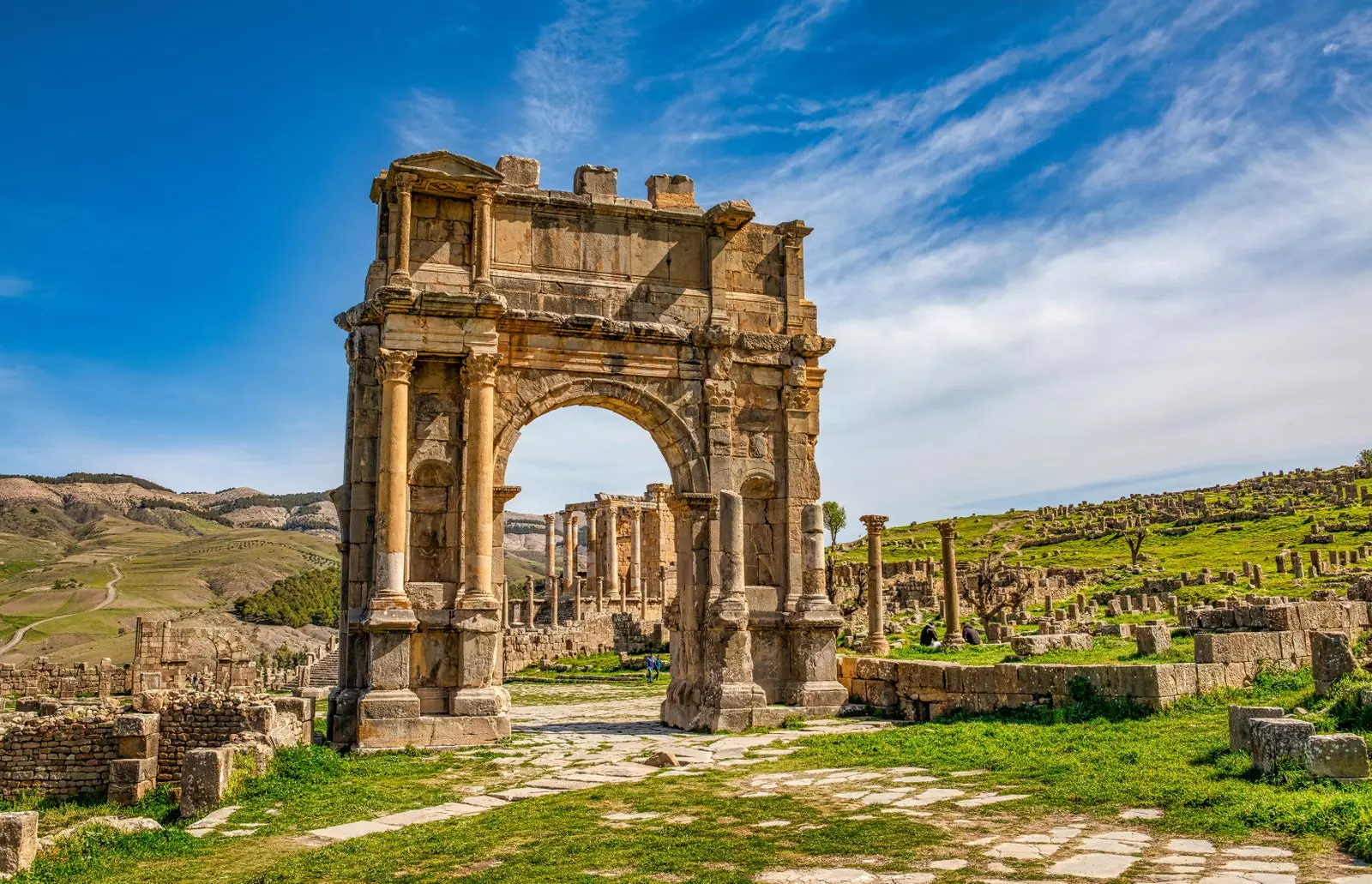
Arch of Caracalla in Djémila, Algeria.
DJÉMILA, THE BEAUTIFUL ROMAN OF ALGERIA
For Albert Camus, Djémila embodies the perfect metaphor of death, inseparable from the splendor of the world. In his work "Summer Wedding" he sees this city of ancient Numidia as a “great mournful and solemn stone cry thrown between the mountains, the sky and the silence”.
Though Djemila had been discovered long before authentic archaeological excavations didn't start until the 40's of the last century, when it was finally possible to build a road access up to the place. Then the exciting history from the city.
Djemila was founded, in the southern part of the Atlas massif, in the year 96 and represents an exceptional adaptation from Roman town planning to a mountainous Environment, rising on a narrow plateau surrounded by cliffs.
In the third century they lived in it about 10,000 people, Something exceptional for the time. To the north was the forum of impeccable slabs, the great capitol temple, the curia and the basilica. Further south, a second forum with luxurious public baths and a theater that could hold up to 3,000 spectators. impressive house romans, covered markets and much more completed the enclosure.
its twilight it remains a mystery. There are traces of fires, broken statues and a clear absence of precious metals. All this suggests looting. In the 7th century, the city still must have looked impressive, as the arabs that came to her They baptized her as "The Beautiful" and refrained from building on the site. Already in our time they have been celebrated music festivals among its ruins.
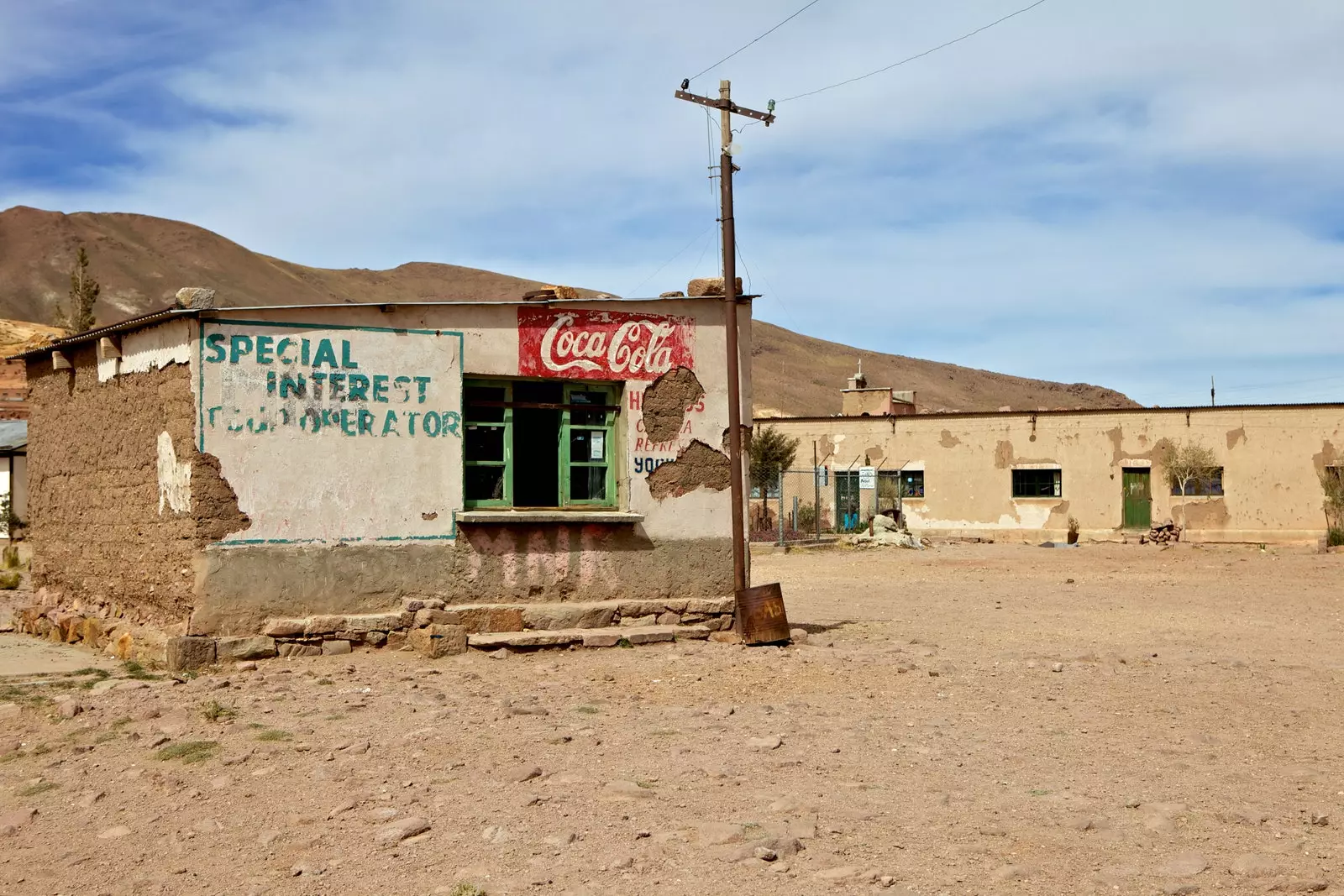
Pulacayo, Bolivia.
PULACAYO, REVOLUTIONARY CITY
The history of Pulacayo, in Bolivia, has been repeated in other parts of the world and is a clear example of the infinite human ambition. Sometime in the 19th century, a good man was riding his mule through the bolivian mountains when his mount made him fall. It was lucky, because on the ground he found a silver nugget Large size.
Taking her to the nearest town for appraisal, the appraiser asked her: "Where did you find it?" To which the man replied: "Where the mule fell". And from here comes the curious name of this city.
The silver mine soon opened and it became the most important deposit of that metal in the country. In addition, it would be the first Bolivian mining city connected by rail, which made him move to this her a huge number of miners.
early 20th century had 20,000 inhabitants (of which 7,000 were miners), becoming the second city most important in Bolivia. The rich bought Italian shoes here, English fabrics and Argentine meat, while the working poor lived in dilapidated houses, in a separate neighborhood that of the rich by a wire fence.
This situation of tremendous social inequality was confronted by the unions, and in 1946 the workers signed the Pulacayo thesis, an agreement considered fundamental in union history. Nationalized in 1952, the partners were abandoning her and it sold out.
Today, a few hundred inhabitants still live in that ghost town. They raise llamas, barter and open their modest houses visitors to offer them a coca tea. It is worth listening to the elders, who will tell us stories from when Pulacayo was one of the richest cities in South America.
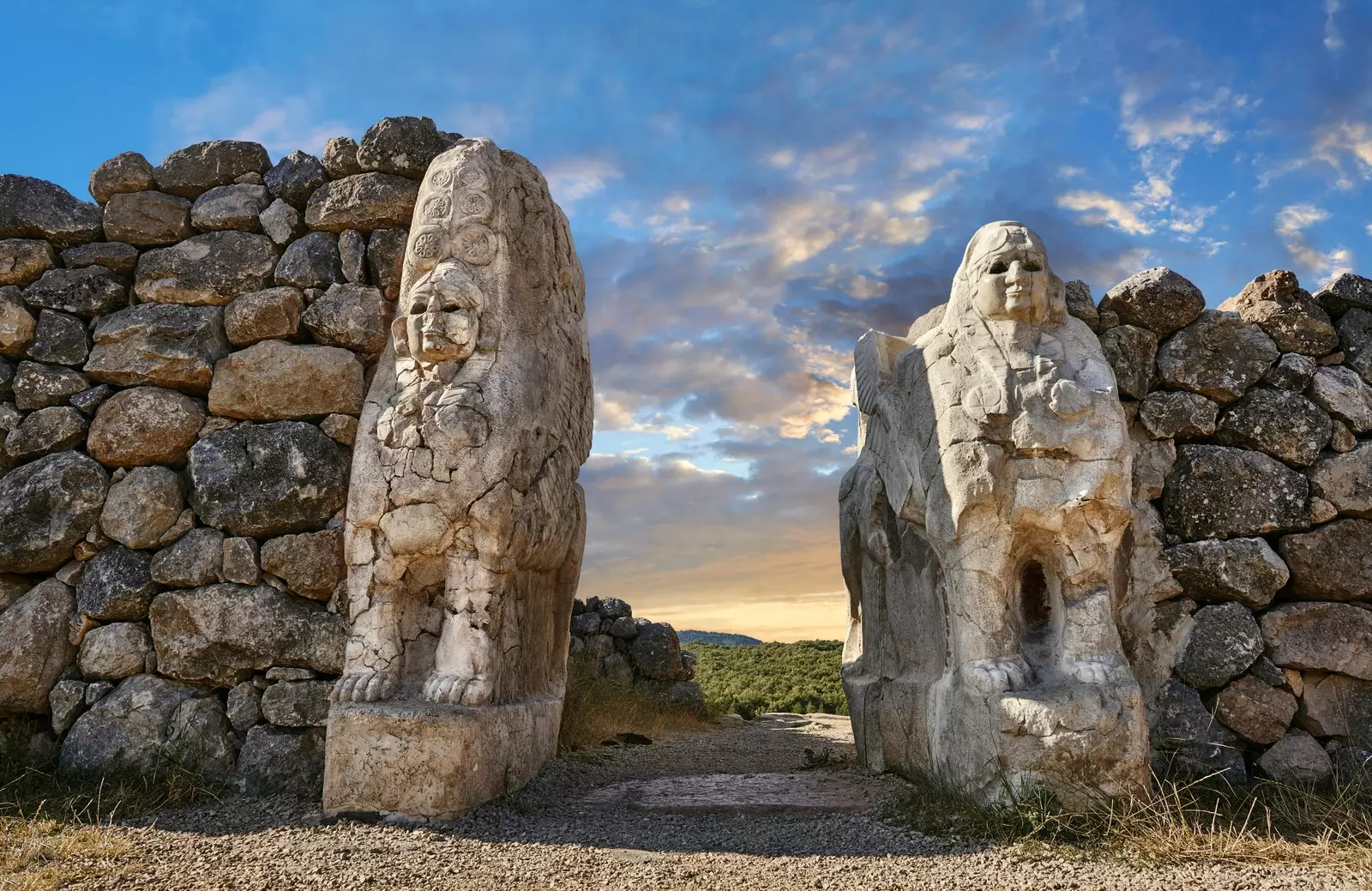
Gate of the Sphinxes, Hattusa, Turkey.
HATTUSA, CAPITAL OF A FORGOTTEN KINGDOM
almost unlikely, more mysterious than any other old City, Hattusa has survived millennia in the memory of men, thanks to a brief mention in Genesis.
In 1834, a French archaeologist carried out a journey through asia minor when he discovered some vestiges near the Bogazkale Turkish Village, located in the heart of a mountainous area of Central Anatolia. Those elements found were from Hattusa, the ancient capital of the Hittite kingdom, one of the most powerful in the ancient history of the Middle East. Hattusa was a religious and commercial center, being at a crossroads through which the trade of tissues and minerals.
After excavations carried out later – in which hundreds of tablets that explained the ins and outs of the hittite civilization it was learned that the city disappeared around the 12th century BC of C., barely a century after reaching its apogee. The reasons for the fall remain hidden, but it seems that the looting is the most likely. Likewise, everything indicates that Hattusa had lost its splendor something before its destruction, being, perhaps, gradually abandoned in favor of another city.
Established in a plateau bristling with hills, At an altitude of about 1,200 meters, the ancient Hittite capital must have been truly beautiful. In 1986, the Hattusa field was declared World Heritage Site by unesco.
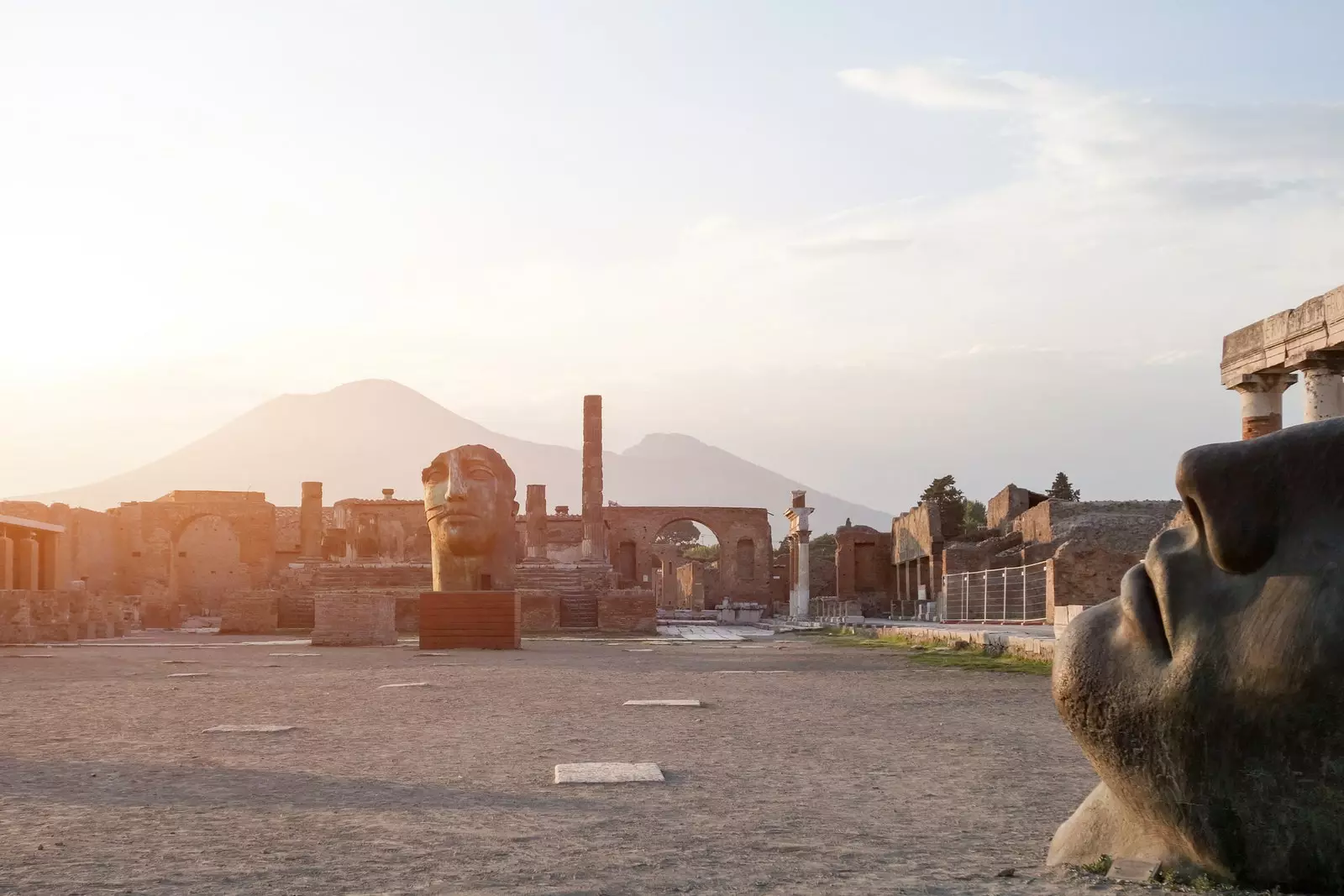
Pompeii, Italy.
POMPEII, BURIED UNDER THE VOLCANO
In Europe, the Roman city of Pompeii it is the most famous example of lost city
Vesuvius volcano decided to wipe it off the map with his rash of the year 79. In addition, the cataclysm was reported by an important chronicler of the time, Pliny the Younger, who attended from afar the drama that he cost his uncle his life, Pliny the Elder. His narration is really chilling.
the multiple excavations and the progress of archeology have allowed to rebuild all the details of the eruption and its consequences in the roman city, in addition to his previous life. Today's viewer is amazed at the remains of that urbanism roman deployed about near 44 hectares of Earth.
Forums, temples, theaters, paved streets flanked by high sidewalks, simple houses, opulent domus, the market, wineries, hot springs, bakeries or more than 30 brothels are some of the constructions that can be admired. But between all this, you can't help but feel the terror of thousands of people who perished in one of the most important natural catastrophes in the history of the Old continent.
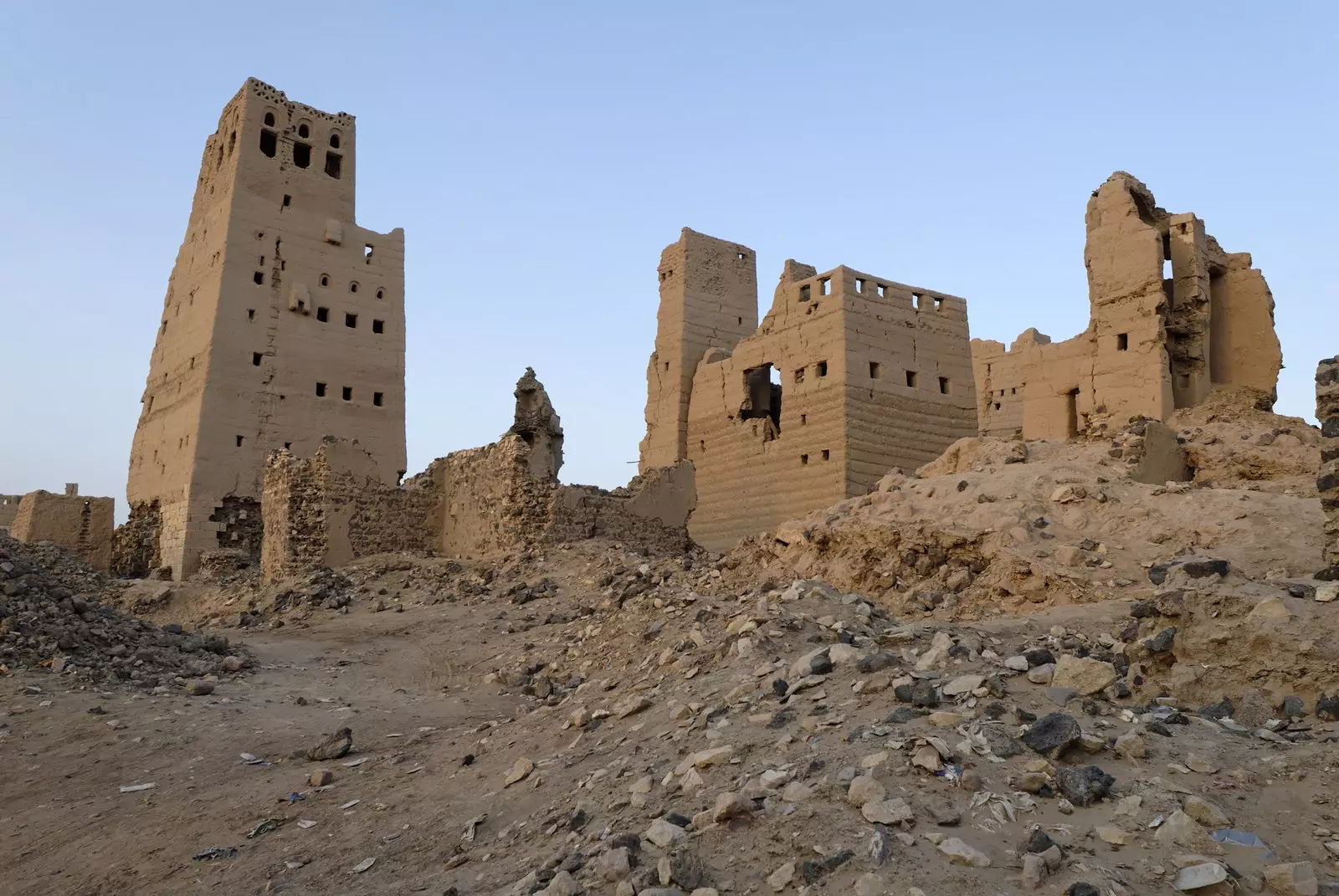
Ma'rib, Yemen.
MA'RIB, IN THE HEART OF THE KINGDOM OF SABA
In the center of a territory which still belongs to the bedouin tribes and that is not limited by any border, the ancient capital of the kingdom of Saba no longer bears witness to the disembarkation of travelers arriving in 80's years along the road that connected it with Sanaa.
The chaos of today's world has closed the old Ma'rib, the most famous archaeological site in Yemen, for lovers of history and archaeology. Founded in the complicated area –due to its scarcity of water– from eastern Yemen, Ma'rib survived thanks to the streams that came down from the mountains and the construction of a dam in the 8th century BC of C
For over a thousand years, Ma'rib, with its nearly 40,000 inhabitants, became one of the favorite stops for the caravans of the Incense Route, delighted with the idea of resting in the shade of their palms.
Although its walls resisted the Romans, in the 5th century it was little more than a village when the kingdom of Saba fell. The old capital remained buried in oblivion until being discovered by expeditions of archaeologists in the 19th century. Sadly, 1960 civil war bombing caused in the city even more damage than that caused by the erosion of time.
in the 80's oil was discovered nearby and a dam was inaugurated again. The landscape has changed a lot since then, but the remains of Ma'rib they are, soulless, at the top of a small hill. Its vestiges of adobe are very fragile and l the columns of the ancient temples tend to disappear under the tremendous weight of the same humanity who built it. Bitter poetic justice.
